Wednesday 24th June 2020
23 Jun 2020
Hi everyone, it is Mr Gamble again.
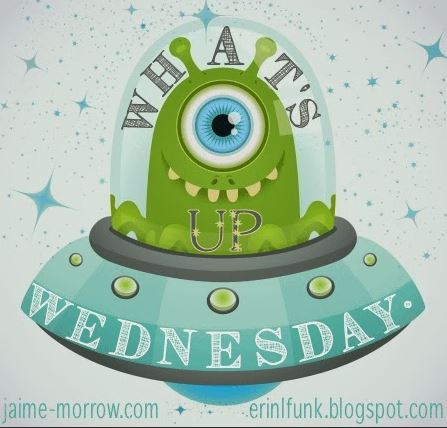
Thanks for all of your great space craft yesterday, they were amazing and the detail was fantastic. We even had some spacesuits designed too.
PE:
If you want to improve your fitness to become an astronaut then have a look at some of the ideas below.
https://www.harrogatessp.com/keeping-all-young-people-active/
Collective Worship
Today's collective worship is all about being thankful for what we have and can be found using the link below:
https://www.grewelthorpeschool.co.uk/ClassPages.aspx?c=030&pid=00_ClassNews_en-GB&aid=nn_299092219_261140436
Reading task:
I would still like you to read for 30 minutes please. Ideally, I would like you to read your school reading book or a book that is similar in difficulty. However, if you choose to read something else then that's ok too. As long as you're reading, I'm happy. 
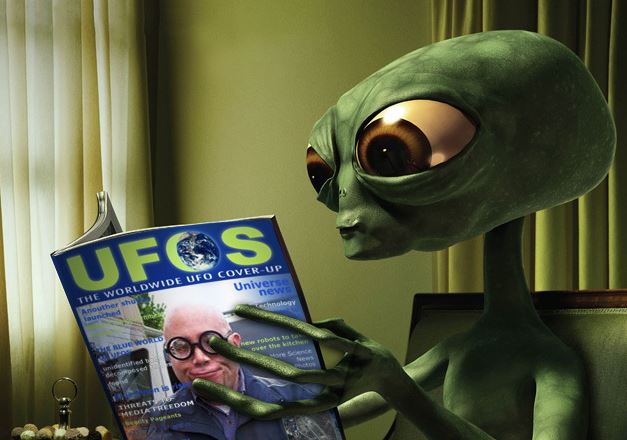
Spellings:
Don't forget to keep working on your spellings too. 
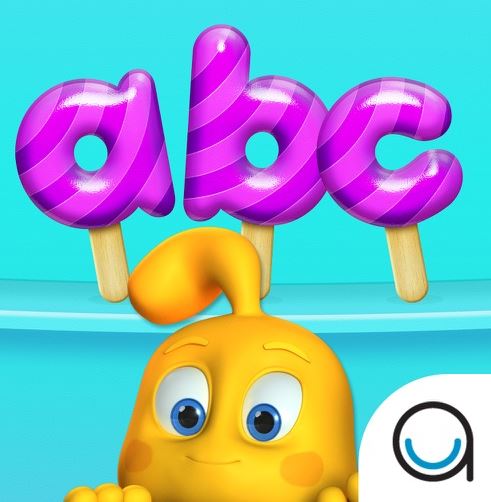
Writing task.
For you writing task today I want you to imagine that you are getting in the rockets you designed yesterday and are blasting off to see other worlds.
You are going to need to report back to the people on Earth and say what you have discovered. You and you crew are the only humans who have ever seem the planet that you are on, so you are going to need to describe the planet in as much detail as you can. For this you are going to need to use.... expanded noun phrases.
There are a couple of videos below that will re-cap what they are and how they are used. Don't worry about the activities on the BBC webpage because we are going to do our own one instead. If you want to read through the information on the page that might be a good idea though.
Year 3
https://www.bbc.co.uk/bitesize/articles/zhfgcqt
Year 4
https://www.bbc.co.uk/bitesize/articles/znpbgwx
Ok explorers, time for your task. I would like you to report back to Earth and tell mission control what the planet you are on looks like (if you wanted to and it is ok with mission control - a grownup - you could use the internet to find an image to help you). If can be as weird and wonderful as you want. Maybe the sky is a different colour or it is full of strange and wonderful animals. Maybe it a freezing cold ice planet or a hot, lava filled planet. If you wanted to you could draw and design your own planet and label it.
Don't forget to use some great adjectives to describe what you have seen and found on your mission. Also, because this is a very important mission, and what you find will be looked at by millions of people, don't forget to include your full stops and capital letters too.
Have a safe journey , brave explorers, I hope you make it back safely.
PS - I have put some pictures below from other journeys to space that might inspire you. Feel free to use them to base your work on if you want to.
Maths
Hello?! Space commanders? Can you hear me? This is Mr G back at mission control.
After you have described the planet in such great detail the World Space Agency has decided that they want to build a new base on the planet to get it ready for humans to live on. Your job as the only people on the whole planet is to design and create the base.
You need to draw your base and tell us the sizes of the buildings so we know what supplies to send you. As we only have one spare rocket you need to make sure that you work out very carefully what you need. You will need to find the perimeters of the buildings on your base.
There is a training video below to remind you of the perimeter lessons you studied back at boot camp (school  )
)
https://www.bbc.co.uk/bitesize/topics/zvmxsbk/articles/zsr4k7h
You will need to think of what buildings you want in your base and what size they will be. Then you will need to draw them out and measure the sides carefully with a ruler to find the perimeter. When you know the perimeter I would like you to write it next to the building (you might want to think about your units. On a ruler it will say cm (centimetres) but in real life it might need to be much bigger and be in m (metres) ).
For your first go it is easier to stick to squares or rectangles while you get used to finding the perimeter. After that you might want to try different shapes to make your base more interesting, but you still measure the perimeter in the same way - measure the distance around the outside of your shape
If you have any square paper left that is perfect , but if not just use any paper and then measure the sides with a ruler.
There are some examples below.
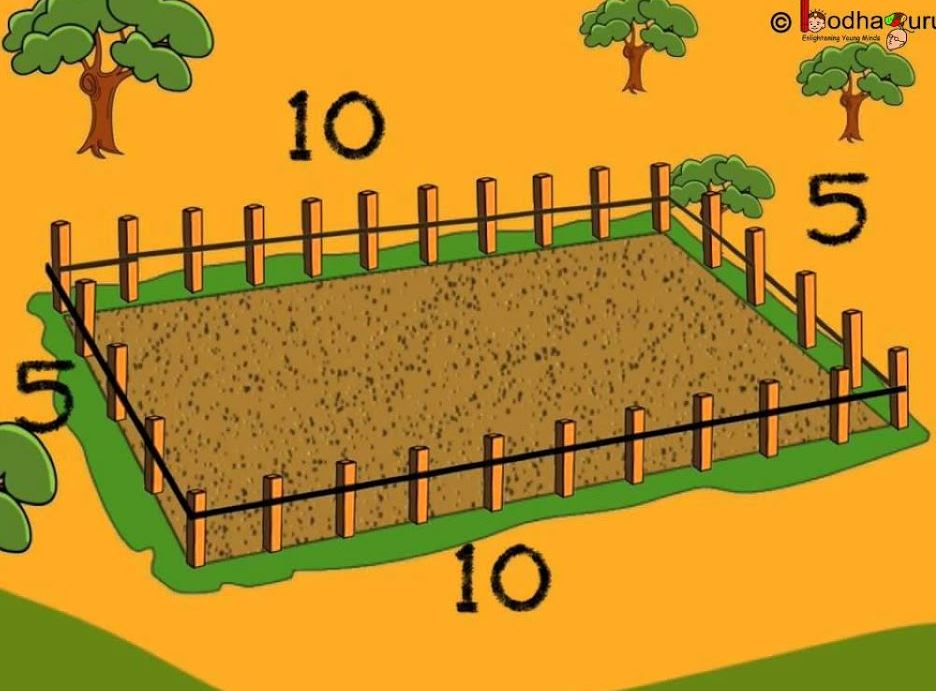

Gym - perimeter = 30 cm Crops - perimeter = ? Bedrooms - perimeter = ?
On this example they have used compound shapes so you could use these too (they haven't measured all of the sides either!). Once you have drawn the shape you could write in what it is, eg gym or area to grow crops to feed your crew.
They have used cms on the sheet because their shapes are small. Metres would be a better unit for our huge bases!
You could even put your shapes together and then measure the perimeters of the rooms inside if you wanted to.
Good luck and I can't wait to see you designs.

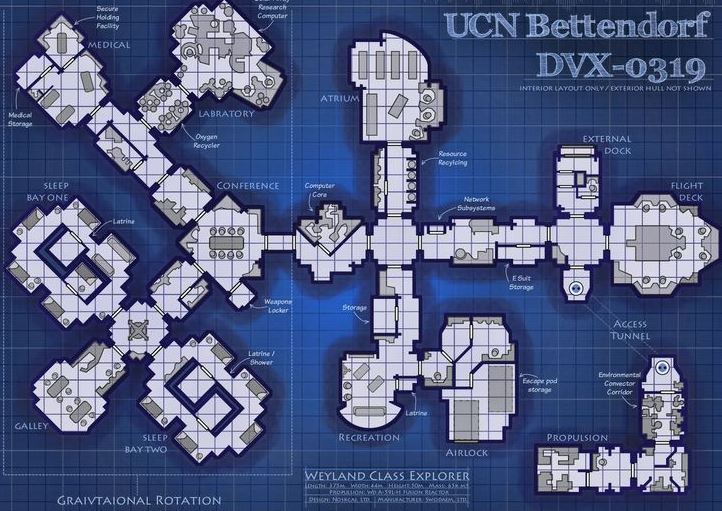 Topic work
The project this week aims to provide opportunities for your child to learn more about space. Learning may focus on our Solar System, the Sun and the Moon. It could look at life in outer space from the view of an astronaut and travelling through space.
Topic work
The project this week aims to provide opportunities for your child to learn more about space. Learning may focus on our Solar System, the Sun and the Moon. It could look at life in outer space from the view of an astronaut and travelling through space.
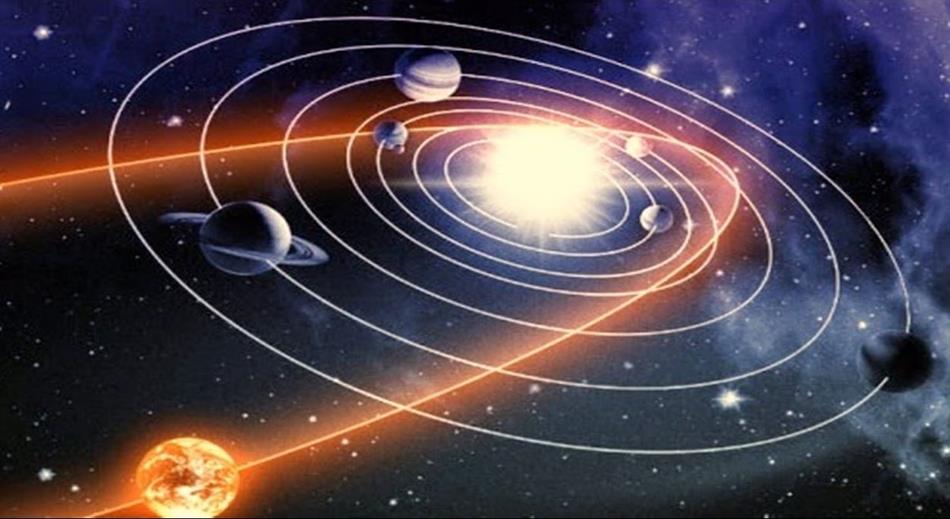 ● Our Solar System- Encourage your child to think about what they already know about space and create a mind map. Can they name the planets in our solar system? Can they remember them in order or create their own mnemonic to help them? Ask your child to research the characteristics of the planets e.g What is it made of? What size is it? How close to the Sun is it? Temperature? Can they create a fact file, PowerPoint or Google Slide presentation on a planet of their choice? These facts about Mars or these facts about space may be a good starting point.
● Blast off!- Ask your child to design a new spacesuit suitable for an astronaut. They will need to consider which materials would be most suitable, comfort for the astronauts and the temperature in space. Encourage them to design a logo for the spacesuit too. Perhaps they could make this using materials from around the home?
● Astronaut Aerobics- Astronauts have to be fit and agile for their missions to space. Ask your child to design a fitness workout to put your stamina to the test! Can you find your pulse and count your heart rate before and after exercising? Recommendation at least 2 hours of exercise a week.
● Out of this World- Ask your child if space travel was made more accessible and they could go on holiday to space, would they like to be the first space tourist? Can they think of arguments for and against being the first space tourist? Is it unethical for millionaires to spend their money on space tourism or should they spend all their money on reducing poverty? Ask them to prepare a speech about this discussion point.
● One Giant Leap for Mankind - Ask your child to find out about Neil Armstrong. Who was he and what challenges did he have to overcome during his life? Can they write a biography or create a piece of drama about Neil Armstrong’s life and achievements?
● Our Solar System- Encourage your child to think about what they already know about space and create a mind map. Can they name the planets in our solar system? Can they remember them in order or create their own mnemonic to help them? Ask your child to research the characteristics of the planets e.g What is it made of? What size is it? How close to the Sun is it? Temperature? Can they create a fact file, PowerPoint or Google Slide presentation on a planet of their choice? These facts about Mars or these facts about space may be a good starting point.
● Blast off!- Ask your child to design a new spacesuit suitable for an astronaut. They will need to consider which materials would be most suitable, comfort for the astronauts and the temperature in space. Encourage them to design a logo for the spacesuit too. Perhaps they could make this using materials from around the home?
● Astronaut Aerobics- Astronauts have to be fit and agile for their missions to space. Ask your child to design a fitness workout to put your stamina to the test! Can you find your pulse and count your heart rate before and after exercising? Recommendation at least 2 hours of exercise a week.
● Out of this World- Ask your child if space travel was made more accessible and they could go on holiday to space, would they like to be the first space tourist? Can they think of arguments for and against being the first space tourist? Is it unethical for millionaires to spend their money on space tourism or should they spend all their money on reducing poverty? Ask them to prepare a speech about this discussion point.
● One Giant Leap for Mankind - Ask your child to find out about Neil Armstrong. Who was he and what challenges did he have to overcome during his life? Can they write a biography or create a piece of drama about Neil Armstrong’s life and achievements?

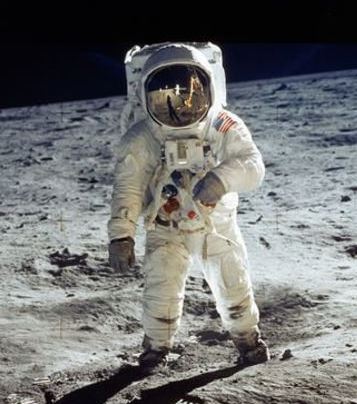 Have a great day,
Have a great day,
Mr G.